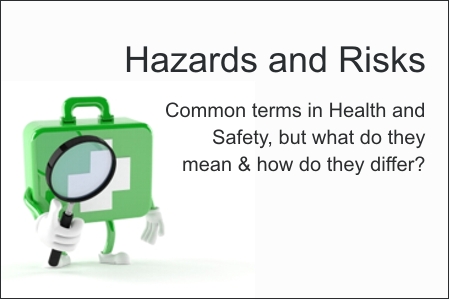The worldwide use of pesticides in agriculture results in residues of insecticides being commonly found in many environments, from the cropping fields and orchards to rivers, estuaries and oceans, and even urban environments. Insecticides are useful to control pest outbreaks, but insecticide pollution is one of the many problems faced by our modern society. This is because the extreme toxicity of most of these natural and man-made chemicals affects not only the target pests but also many other species of animals, although in different degrees. Indeed, insecticides can alter the ecological structure of earthworms and arthropod communities in the soil and around crops, thus affecting birds and other vertebrates that feed on these organisms. Insecticide spray drift can kill birds in the vicinity of crops, and their water-borne residues can decimate zooplankton, aquatic larvae of crustaceans and insects for short or long periods of time, or affect the growth and development of tadpoles and fish. It is imperative, therefore, that the society recognises the hazards and risks of using insecticides.
Just because they are designed to kill insects, it does not exclude them from killing other animals, even humans. We need to understand the toxic nature of these highly poisonous substances to the large variety of non-target organisms, so that precautionary measures may be taken to mitigate their negative effects in human health and the environment.
Source:
Sánchez-Bayo, J Environment Analytic Toxicol 2011, S:4 (attached)

- Log in to post comments
